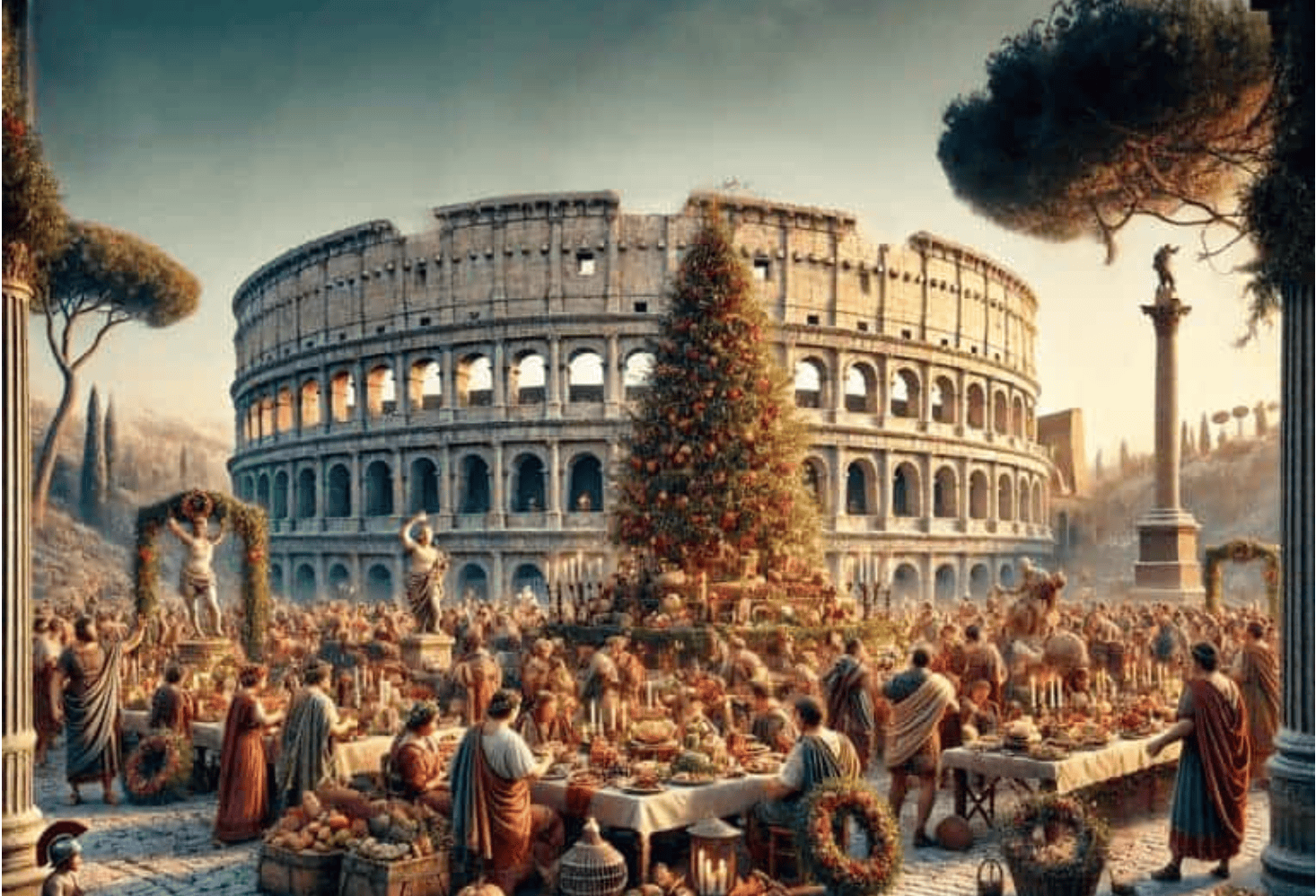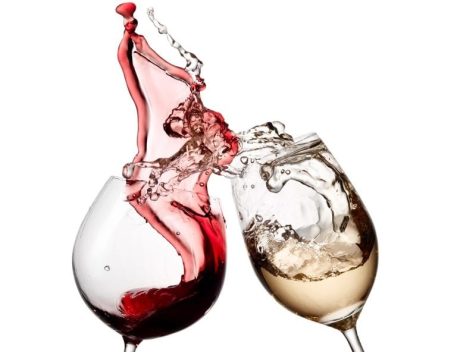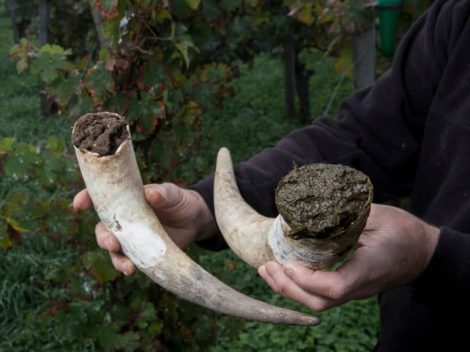By Beppe Monelli
Sometimes you read certain wine lists and you get depressed. The labels are chosen "by weight," from a single distributor. Something like: "Dear, give me a random pinot grigio, a falanghina, a ribolla, and a quarter kilo of mortadella." Other times there are crazy prices, like burglary. You might say: if you don't like the prices, you can just not go there. Ok, but two objections. One: the wine list is often not public. Once seated, what do I do, get up? Two: why should you take away the pleasure of drinking a good bottle at the restaurant?

Wine price: see under markup
The magic word is markup, that extra added to the price paid on the list price. Be good, friends restaurateurs, I know well that in the markup not only the legitimate desire for profit should be included, but also the painful costs of rent, personnel, bureaucracy, utilities. And that a restaurant facing the Duomo in Milan has much higher markups than one in Crotonese. But often you exaggerate. You aim for wine markups to make easy money.
Some examples? Let's see in Milan, based on 2023 Horeca price lists. At Vesta, the 2022 Cartizze prosecco Col Vetoraz goes for a nice 60 euros: markup at five-six times. At Bu:r, a 2013 Monleale by Walter Massa is on the list for 55 euros, for a restaurant cost of 13.5 plus VAT: markup almost quadruple. The Pertichetta by Massa, which has the same cost, mysteriously is 10 euros more (50 euros profit per bottle). Let's move to Ceresio 7, still in Milan: a magnum of 2019 Maurizio Zanella Ca’ Del Bosco for 88 euros ends up on the list at 285 euros. A margin of about 178 euros. Not bad, right? Here we are at Sine by Di Pinto: a 2022 Marisa Cuomo Furore white for 14 euros (now it's already at 16) is served at 52 euros, the 2020 Fior d’uva for 36 ends up at a beauty of 105 euros (over 60 euros margin). A 2019 Podversic malvasia for 26 euros arrives at 85 euros. At Autem, the Valpolicella Rio Albo Ca’ Rugate, 7.65 at the restaurant, is listed at 45 euros: quadruple markup.
Allow us to exaggerate!
Now, let's try to reason. Is it possible that you have to take 50 euros for a medium-low bottle and 180 euros for a special bottle? And above all: how many Magnum Zanella for 285 euros do you sell in a year? One? Two? So why do you markup so much? Not only is it not nice towards the customer, but it's also pointless. Real money is made with the most ordered wines. And it's made by encouraging the customer to order the bottle or have another. The same goes for the minimum price on the list: if you start from 40-50 euros, usually with "mysteriously" depleted labels, then I get sad and drink water. In short, friends sommeliers and restaurateurs: halve your margins on the highest bottles and contain the others. You will do us a favor, as we sometimes want to indulge, and also to yourselves, as you will make a good impression without losing anything.


 God Bless those who don’t forego Stracciatella on the evening of December 25th. Here’s the recipe from a renowned Roman trattoria
God Bless those who don’t forego Stracciatella on the evening of December 25th. Here’s the recipe from a renowned Roman trattoria Hidden in an old district of Perugia lies one of Italy's cosiest wine bars
Hidden in an old district of Perugia lies one of Italy's cosiest wine bars Christmas Eve dinner and Christmas Day lunch: festive traditions rooted in Solstice feasts
Christmas Eve dinner and Christmas Day lunch: festive traditions rooted in Solstice feasts George Washington had his secret recipe: here’s how Eggnog made a comeback in Europe
George Washington had his secret recipe: here’s how Eggnog made a comeback in Europe Historical breakthrough: Italy will also produce dealcoholised wines. Lollobrigida signs the decree
Historical breakthrough: Italy will also produce dealcoholised wines. Lollobrigida signs the decree






